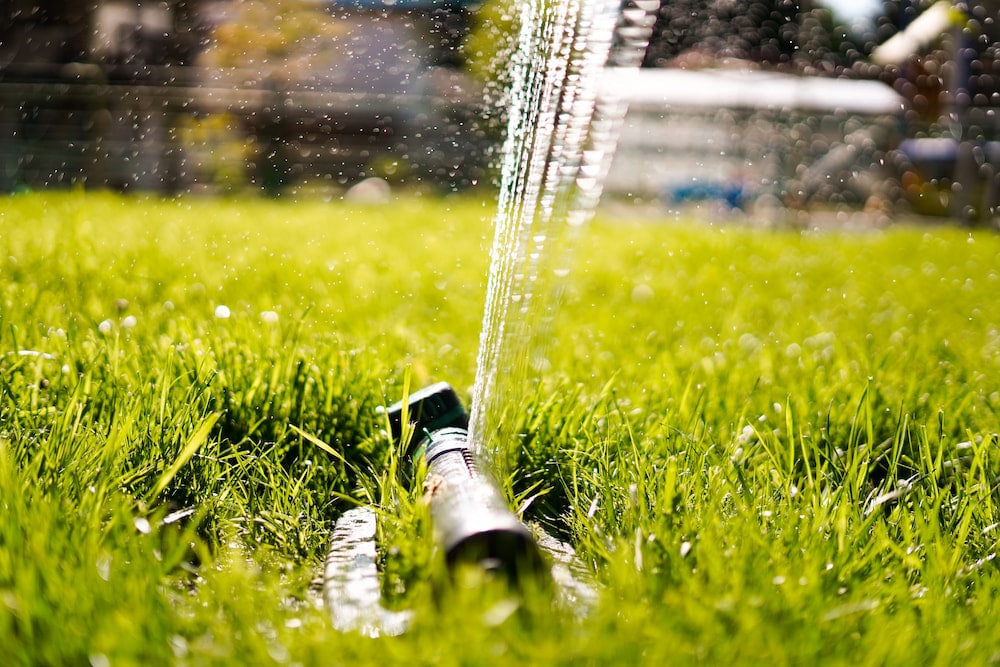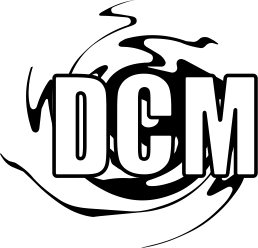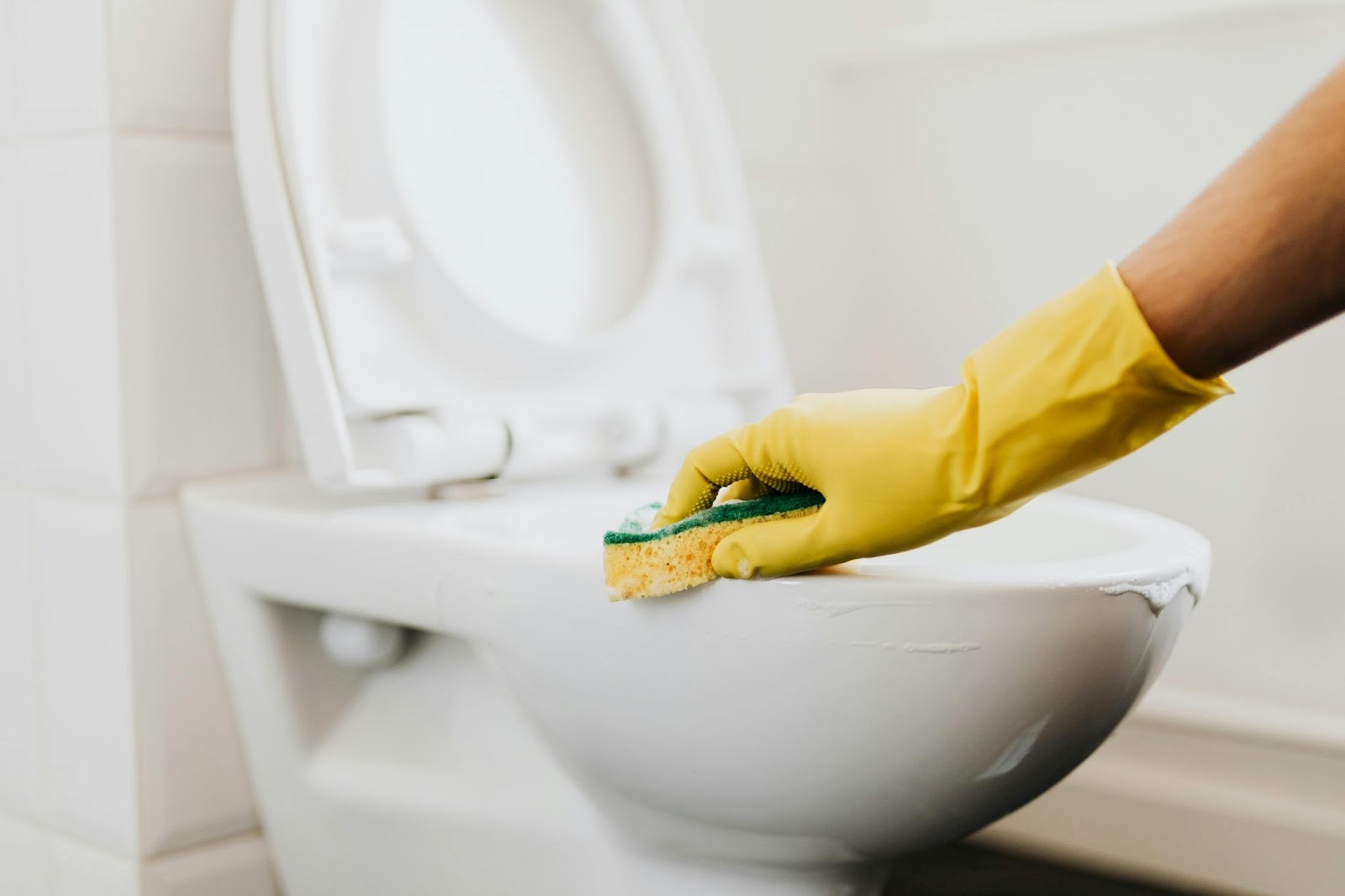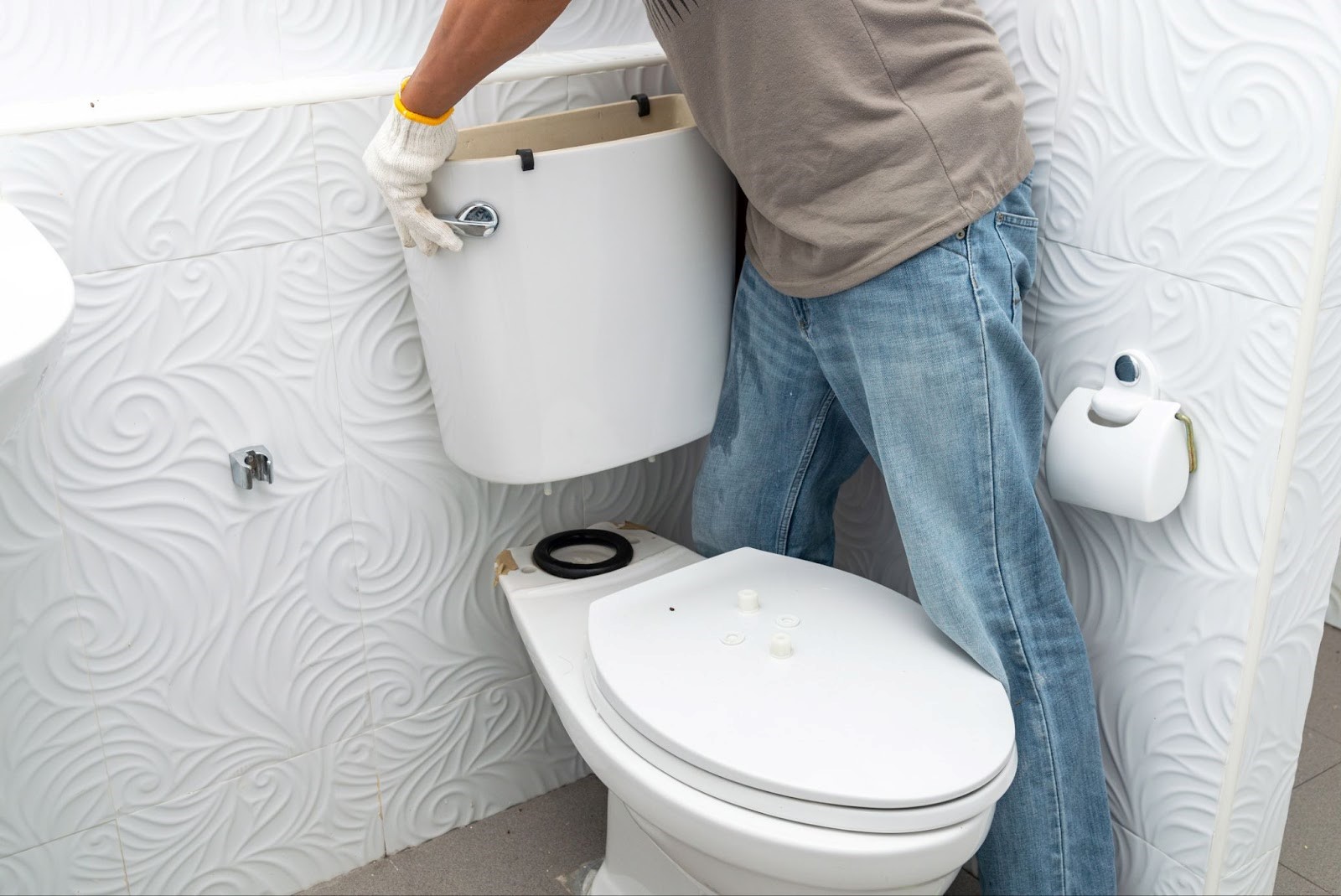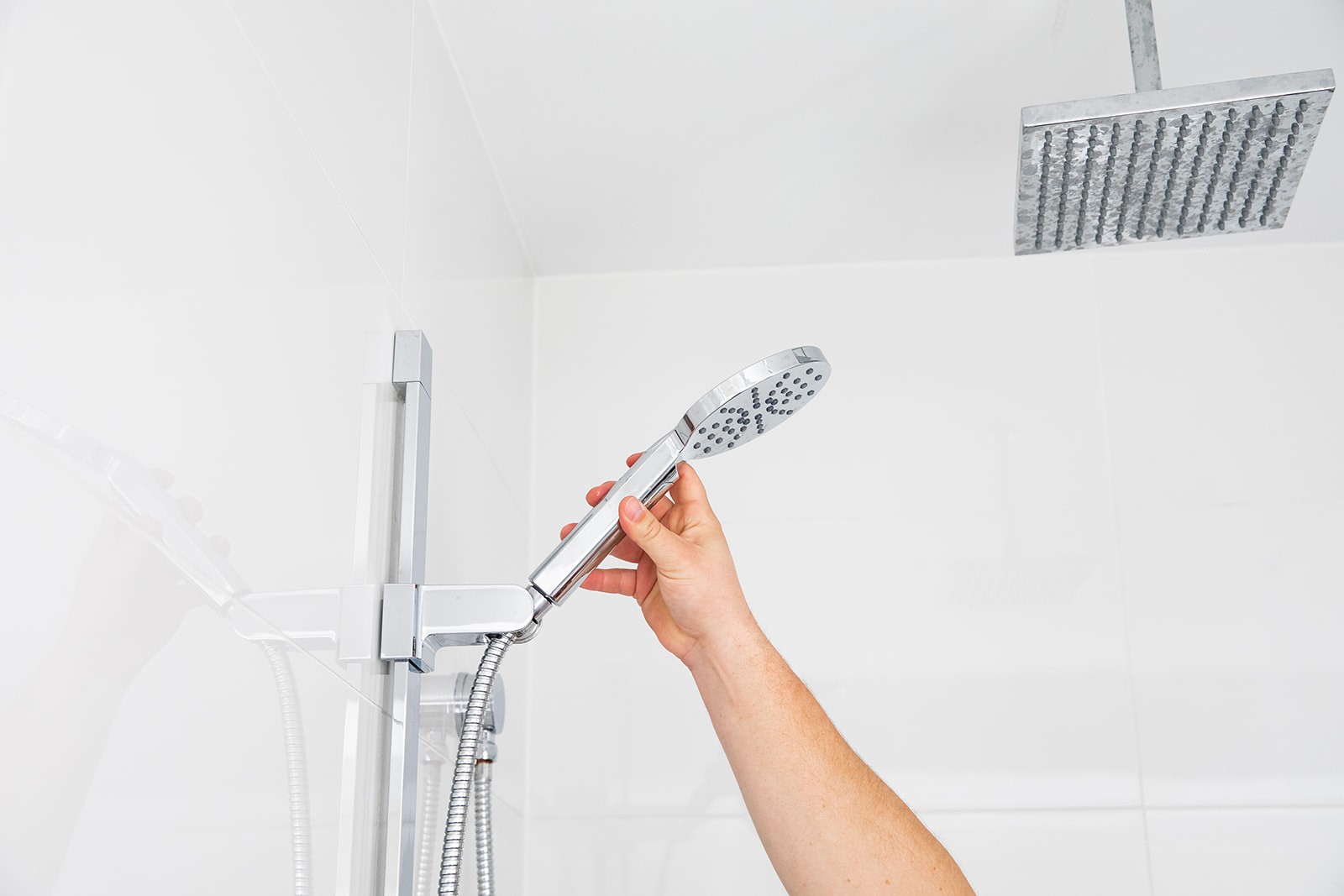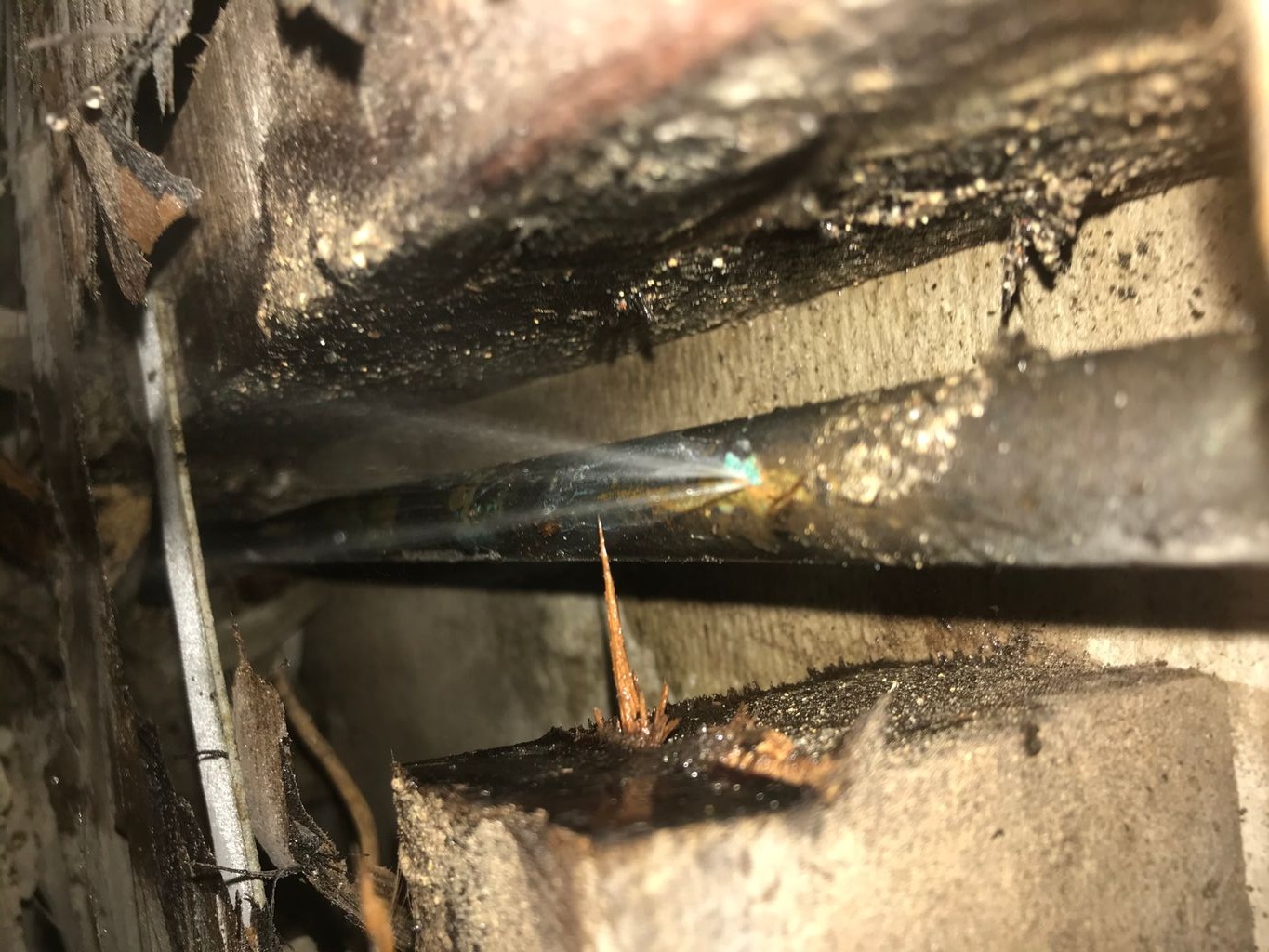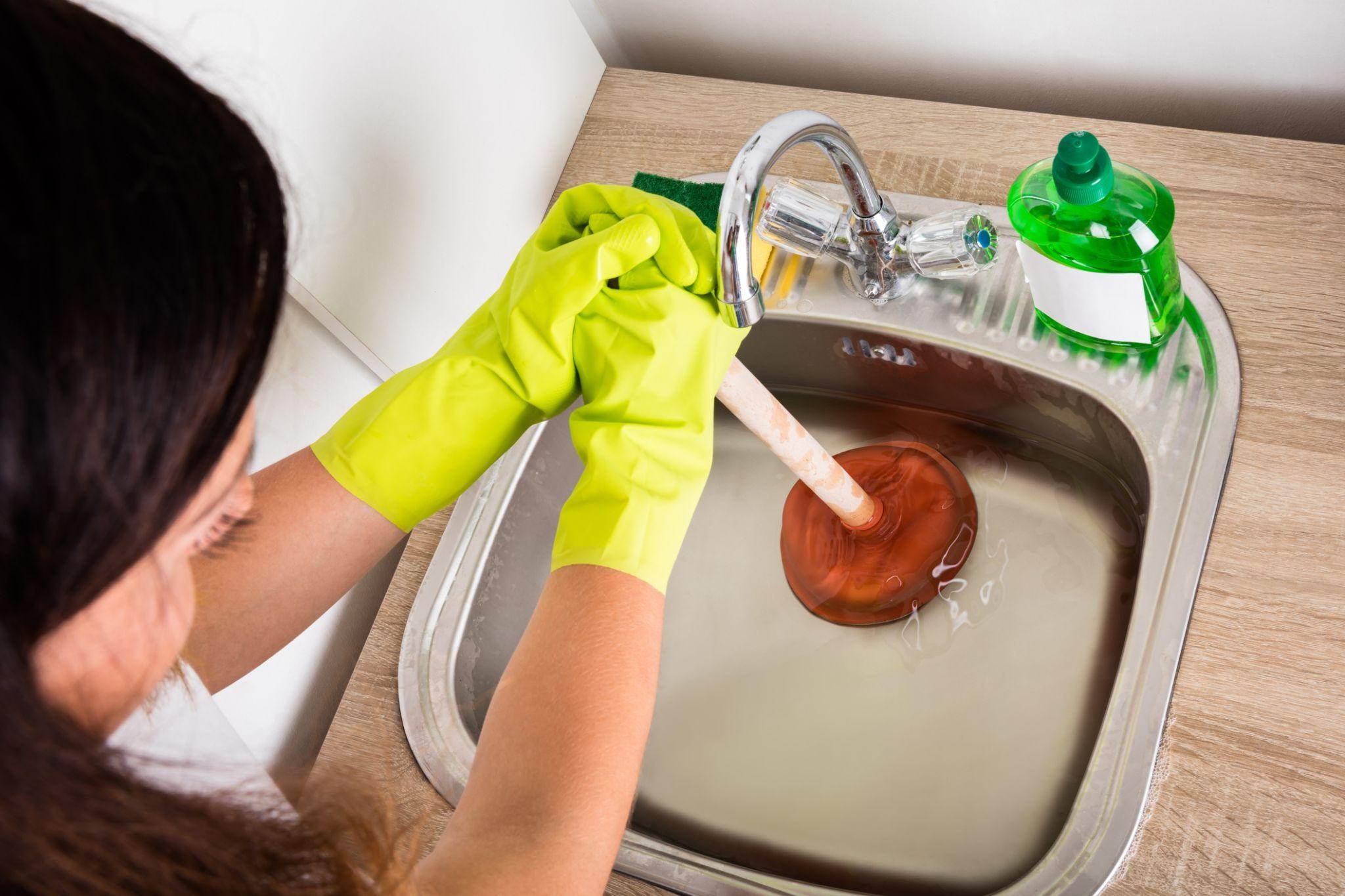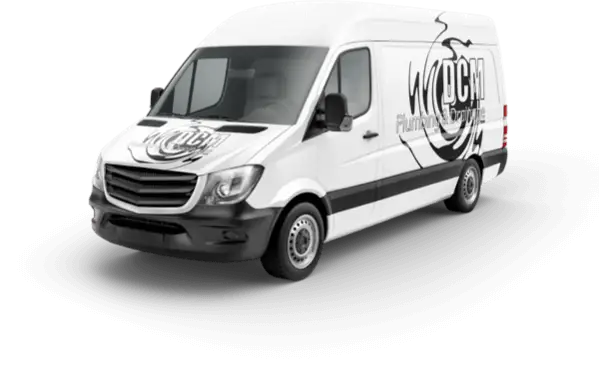Water a resource we often take for granted, and it’s a household expense that we have to pay every quarter. Costs only ever seem to go up which may cause you to wonder what the average water bill is in your area. Looking at the average water bill can also help to decipher if what you are paying is close to the average and how you can improve on it.
If you look at your residential water bill you can see that you have the following charges:
- Water access charge – This is a fixed amount, payable for your property having access to the City’s water distribution system. The cost of $240.39 per year which is charged at a daily rate over the billing period. Quarterly this works out to $60.10.
- Sewerage access charges – sewerage access $181.03 per quarter. This is a fixed amount, payable for your property having access to the City’s sewerage distribution system.
- Water usage charge – This is a variable amount depending on how much water you use. This includes the cost of water used and the cost to deliver the water. Water usage per kilolitre is divided between: City of Gold Coast charge at $1.181 per kilolitre, State Government bulk water charge at $3.301 which is a total water usage charge at $4.482 per kilolitre.
Ultimately even if you used no water, you would still pay for service charges of $241.13 every quarter or $964.48 every year.
SO WHAT IS THE AVERAGE WATER BILL?
If you look closely at your water bill you can see that you have the following charges: water access charge, sewerage access charge and water usage charge. Across the Gold Coast, we found the average quarterly water bill to be $300.
According to Canstar, the average water bill across Queensland is $300 which is higher than NSW, VIC & WA. Which also means that QLD has the third highest average water bill in Australia. Further to that Numbeo found that the average cost of living per month on the Gold Coast is $193 for all basic utilities including water, heating, cooling, garbage etc.
Your water bill will provide an overview of the City’s daily average residential water usage.
AVERAGE WATER BILL BY HOUSEHOLD SIZE
The table below displays average water bills in Australia per quarter by household size.
| Household Size | Average Quarterly Water Bill |
| 1 | $221 |
| 2 | $268 |
| 3 | $312 |
| 4 | $323 |
| 5 or more | $372 |
Source: Canstar Blue research, May 2020.
AVERAGE HOUSEHOLD ANNUAL WATER CONSUMPTION
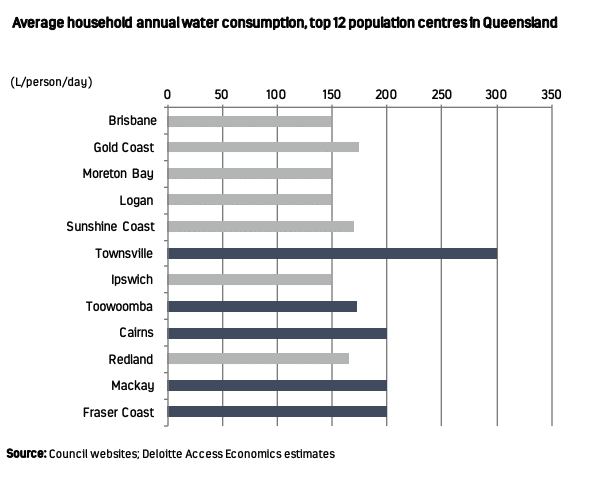
Source: RACQ.
AVERAGE WATER BILL BY STATE IN AUSTRALIA
The below table represents the average quarterly water bills across Australia across all household sizes across the country.
| State | Average Quarterly Water Bill |
| Western Australia | $221 |
| New South Wales | $268 |
| Victoria | $312 |
| Queensland | $323 |
| South Australia | $372 |
| Tasmania | $365 |
Source: Canstar Blue research, May 2020.
WHAT IS THE AVERAGE WATER BILL IN BRISBANE?
The average water bill in Brisbane, is $300 per quarter. This means that the average resident in Brisbane has an average water bill when compared to other areas.
HOW CAN I IMPROVE MY WATER BILL?
- Using recycled water for your garden
- Using more efficient appliances. How many appliances do you use? What is their water efficiency rating?
- Investigate leaks. Do you have water leaks? A leaky pipe or toilet can cause a rise in your water bill. If you are noticing an unusual water bill, you may want tp call a plumber that is experienced in leak detection.
- Take shorter showers
- Don’t hand wash your dishes
- Let the lawn grow
- Make sure the dishwasher is completely full before running
- Don’t let the water run while brushing your teeth
- Check out further water saving tips.
WHO PAYS THE WATER BILL – LANDLORD OR TENANT?
Landlords are able to pass on the full water consumption charges to tenants if they meet the following criteria:
- the rental premises are individually metered (or water is delivered by vehicle), and
- the rental premises are water efficient, and
- the tenancy agreement states the tenant must pay for water consumption.
RESOURCES: HOW TO READ YOUR WATER BILL
We have put together a list of further resources to help you better understand your water bill.
- How to read your water bill – Source: City of Gold Coast
- Water & Sewerage Pricing– Source: City of Gold Coast
- RACQ – Cost of living – Source: RACQ

